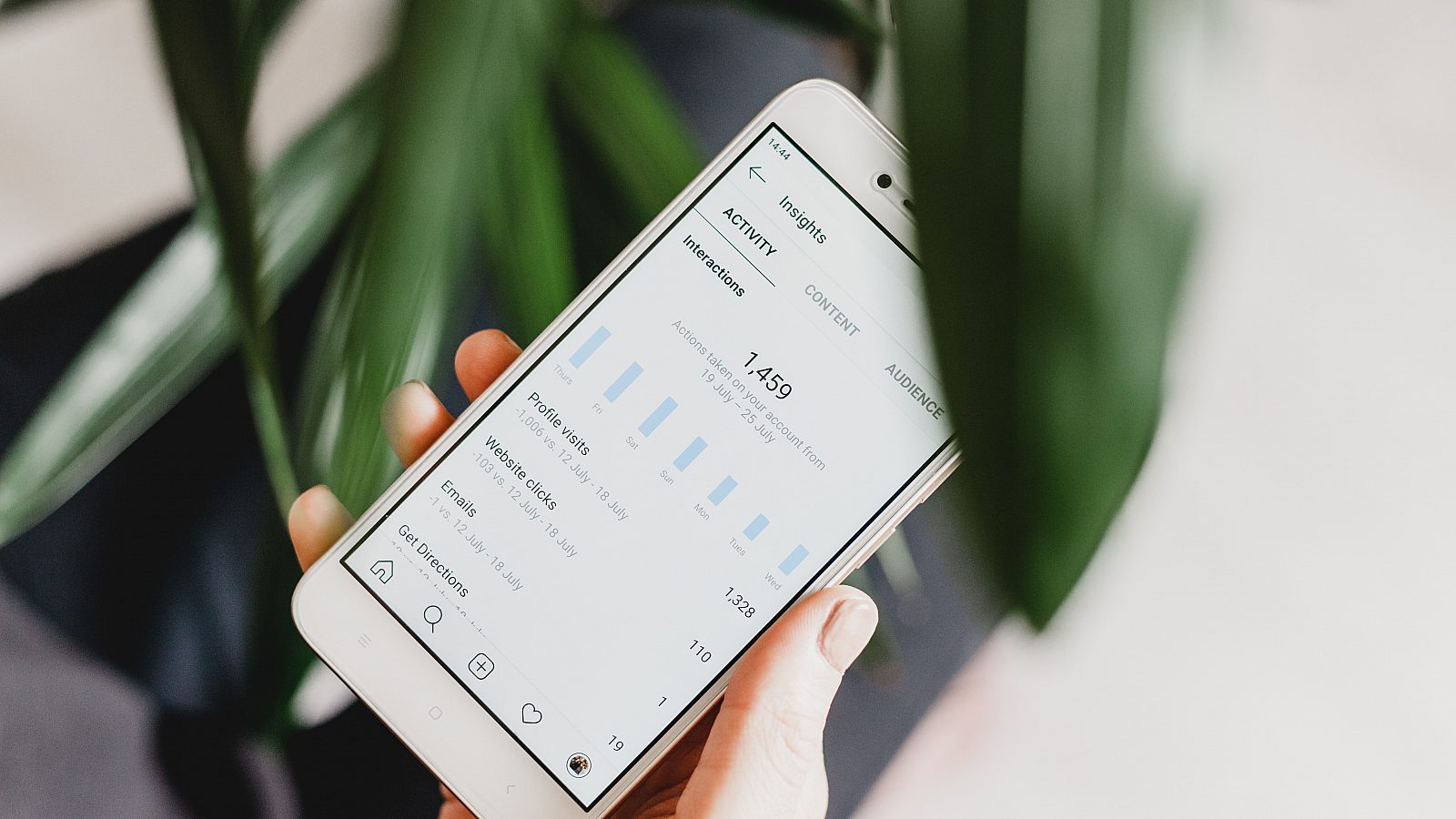If the feature is rolled out to the masses, the public will no longer be able to see a number in relation to how ‘liked’ content is.
Instagram has reportedly taken this action in an attempt to remove the pressures, particularly for the younger generation, associated with social media use and online popularity – the move hopes to address issues including reduced sleep, body image, and FOMO (Fear of Missing Out).
Head of Instagram Adam Mosseri comments – “We can’t avoid social comparison. We’re social beings, and competition is part of what gives people drive. But you want to have the right balance, and the numeric attached to the likes is a very public display, as if you have a constant count on your popularity.”
The test has already touched down in other countries including Japan, Italy, Ireland, and Australia. The UK platform is yet to adopt the feature, with no indication as to when this may be rolled out.
SO WHAT DOES THIS MEAN FOR BRANDS?
Changes will luckily not affect the measurement tools which businesses and creators use on Instagram; the likes count and other engagement metrics will still be accessible – just not made public.
This means likes will still be an important measure of engagement for brands, but they will not be able to compare their performance with competitors. As a result, follower counts will become even more important for benchmarking, and comment volumes will become the best comparative measure of engagement.
It’s also possible that Instagram will offer paid partnership opportunities to the companies behind social media measurement platforms in order to allow them direct access to competitors’ like data. This would mean brands and agencies would still be able to benchmark against competitors’ likes, but at a cost, earning Instagram money for data brands can currently access for free.
WHAT IT MEANS FOR INFLUENCERS…
Influencers will need to ensure content is consistently of a high quality, since brands will no longer be able to view likes when determining whether to work together.
They may also need to get better acquainted with the back-end statistics Instagram provides, as brands are likely to ask for screen-shot evidence of like counts before investing.
Brands and individuals will have to work harder at creating and building an engaged community. While it’s unclear whether the likes ban will affect the algorithm – theoretically the most-liked posts will still be the most visible on the platform – it means that deeper engagement could have a bigger impact, as comments and re-posts may be seen as more meaningful.
Brands may be more inclined to invest in paid ads to ensure that they are getting in front of as many users as possible, requiring bigger budgets. For Instagram itself, this has an obvious monetary advantage. However, brands will have seen their Instagram ad budgets increase over recent years, and another cost increase could push them to consider moving to other emerging social media platforms where competition is less fierce.
OVERALL –
Although brands may feel put off by not being able to view the likes count, they are still able to collect engagement data from business accounts. Hopefully ongoing tests that allow creatives to express themselves with less pressure will encourage brands to partner with influencers who fit their brand aesthetic instead of being solely focused on the like count.
With the success of Instagram stories, and features such as the swipe up option and branded stickers, Stories may become the primary focus for brands when aiming to drive more traffic towards their website through links.
Either way, Influencer marketing is far from over – it’s just getting started.
Get in touch with our social media team here to learn more.

